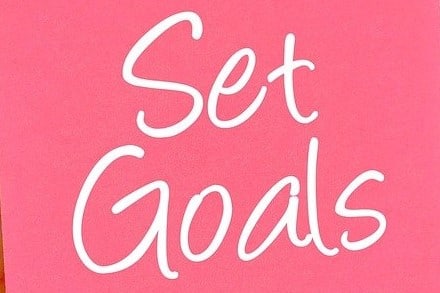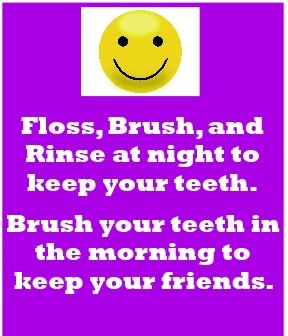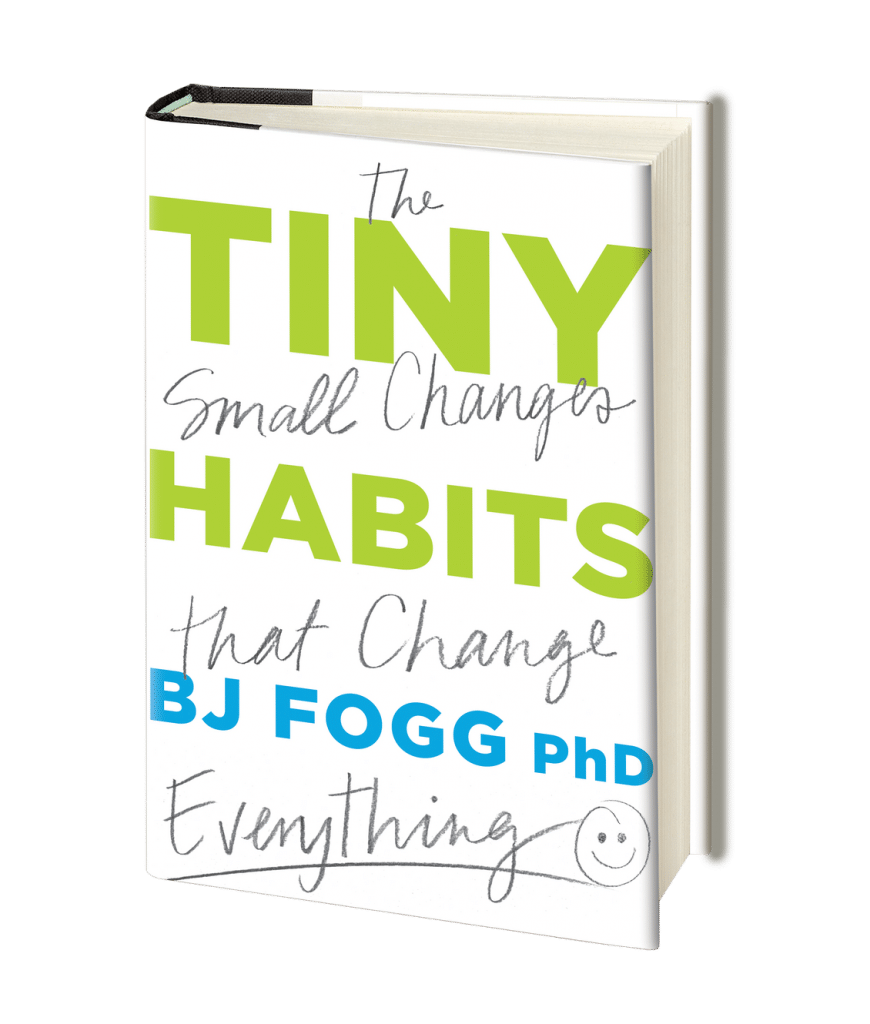
It’s a new year-the beginning of a brand new 365-page book. Hopefully, the pandemic will not be part of it. But, as new year resolutions, we think we may have researched a way for you to keep those promises. Let’s use “flossing” as our desired habit.

Twenty-seven percent of people lie to their dental hygienist about flossing and a third of those people would rather sit on a tarmac for several hours or clean multiple toilets rather than floss their teeth.
So, why are people so opposed to flossing? The ADA says that it only takes a couple of minutes a day, but it feels like an eternity to most.
Reasons given for not wanting to floss
•Floss is hard to get between your teeth
•Flossing makes your gums bleed
•It’s messy; stuff gets all over the mirror
•There’s no immediate payoff; no minty feeling like when you brush.
•I forget to floss
•I’m too rushed; I don’t have the time.

Most hygienists and dentists agree that flossing should be done before brushing; that way, the patients benefit from the toothpaste fluoride.
Indeed, you want to brush your teeth, so if you floss first, you won’t forget to brush, right? Not buying it, are you?
The Decision to form a Habit
Okay, like children negotiate, let’s do this. Brett McKay writer of the article “How I Finally made flossing a habit” of Heath Habits, Health & Sports, Wellness section of The Art of Manliness magazine states that he has never been a fan of flossing. He admits to lying about flossing and getting the dreaded “4” on the attachment scale. Like many of us, he flosses the day after his dental appointment and then falls off the wagon.
BJ Fogg and Tiny Habits

“McKay learned from BJ Fogg, a behavioral scientist, in his book Tiny Habits that the bigger and more challenging your goal, the more motivation one needs to achieve it. Breaking down a task into tiny increments speeds up the process of establishing the habit.
So, for three months, Mr. McKay, flossed one tooth. Yes, just ONE tooth a night. Each night he flossed one tooth, not the same tooth, but a different one. He flossed every night, but only one tooth. So, you may be thinking when is McKay going to up the goal and add more teeth?” The surprising answer is “Never.” The goal remains “flossing one tooth a night.”
Once flossing became a habit, he found that he naturally, painlessly, voluntarily, added in more teeth as the days went on until eventually, all of the teeth were flossed in a single session. When he flossed all the teeth, it made him feel like an awesome overachiever. And, he went to bed feeling like a boss.
Emotions Create Habits

The Fogg Behavioral Design Model states that emotions create habits. Not repetition. Not willpower. Emotions. McKay flossed his teeth while playing a favorite song, even if it was only in his head. It made him feel good about achieving his goal. The good part is that even if he was tired and wanted to crawl into bed, all he had to do to feel successful was to floss one tooth. But, more than not, McKay flosses all of his teeth. He likes feeling like a boss.
This technique works for a variety of behaviors, like drinking more water, eating veggies, or adding more exercise into your day. Try it. You may be surprised at the positive outcome.
Credits to: How I Finally Made Flossing a Habit | The Art of Manliness. https://www.artofmanliness.com/articles/how-i-finally-made-flossing-a-habit/ Brett McKay
